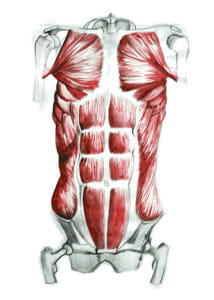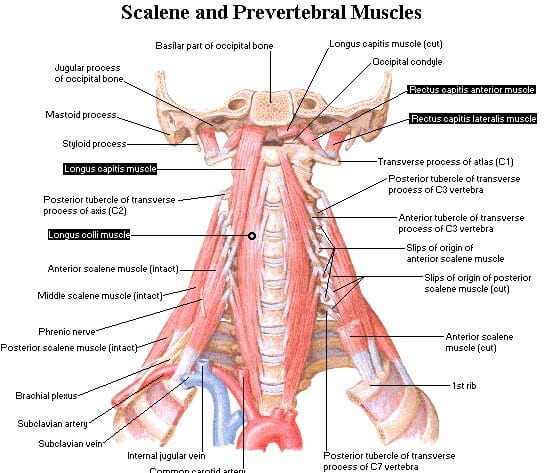Benign Paroxysmal Positional Vertigo (BPPV)
What is Benign Paroxysmal Positional Vertigo (BPPV) BPPV is a peripheral vestibular condition which causes mild to intense dizziness influenced by specific changes in head position. It is most prevalent in population between ages of 50-70 although it can occur at any time of the lifespan. In young population or among individuals below the age of […]
Low Pressure Fitness, or the Hypopressive Technique

What is the big fuss over low pressure fitness, or the Hypopressive technique? Last year, while I was researching courses that I wanted to take in 2016 I came across the Hypopressive level 1 course. As a pelvic floor therapist, I was interested in the technique, but I had not yet explored the theory. I […]
The Pallof Press, the best core exercise you’re probably not even doing
How to do the Pallof Press This exercise is named after physiotherapist John Pallof. Unlike the crunch or sit up, it ACTUALLY trains the core for what it is designed for. The core is much more than your rectus abdominus (6 pack muscles) and obliques and it is made to resist trunk extension, posterior pelvic tilt […]
Deep Neck Flexor training to decrease neck pain

How to treat neck pain with Deep Neck Flexor training Have neck pain? Can’t shake that muscle tightness in your neck? Work on those Deep Neck Flexors! A common problem in today’s society is poor posture. The evolution of the cellphone and laptop is a primary contributor to this issue and is most likely the cause of […]
ITB Friction Syndrome (aka Runners knee)
A Physiotherapist with Runners Knee 10 weeks into my 16 week training schedule, 6 weeks until race day, my knee buckles and I can’t weight-bear without 7 out of 10 knee pain (10 is the worst pain you can think of). It all began two weeks previously on a hill training session – and only […]
The Road to Boston

My journey of training for the Boston Marathon When I ran my first marathon three years ago my goal was never to get to Boston, my goal was to finish injury free and tick the marathon distance off my bucket list. I thought I was going to be done with the marathon and long distance […]
Texting Thumb (or de Quervain’s Tenosynovitis)
Smartphone Injury Symptoms & Treatment Does playing on your smartphone cause you pain? Do your hands ache after playing with your portable handheld device? You may have texting thumb. With the prevalence of smartphones and mobile video games, more and more people report soreness in their thumbs, wrists and forearms. This overuse condition most commonly […]
Tips to Foam Rolling for Training & Running
How do I use a foam roller? Fret not, here’s a guide to help reduce those tired, sore and tight muscles. Especially if you’re training for the Sun Run, BMO and other upcoming races. Foam rollers come in many different lengths and sizes, and it all depends on the body part you are wanting to […]
What happens to my pelvic girdle during a vaginal delivery?
Changes to the Pelvic Floor with Vaginal Delivery During a vaginal delivery your tissues become stretched to allow for the baby to pass through the vaginal canal. The stretching process leaves the pelvic tissue swollen and bruise similar to a pulled or torn muscle in another region of your body. Swelling and stretching of musculature can result […]
Body Changes in Pregnancy & How Physiotherapy Can Help
What happens to my body during pregnancy and how can Physiotherapy help? During pregnancy a woman’s body undergoes many physiological changes to allow for development and delivery of the infant. These physiological and anatomical changes affect the pelvic floor musculature, which stretch from your pubic bone to the base of your spine, and also include […]
